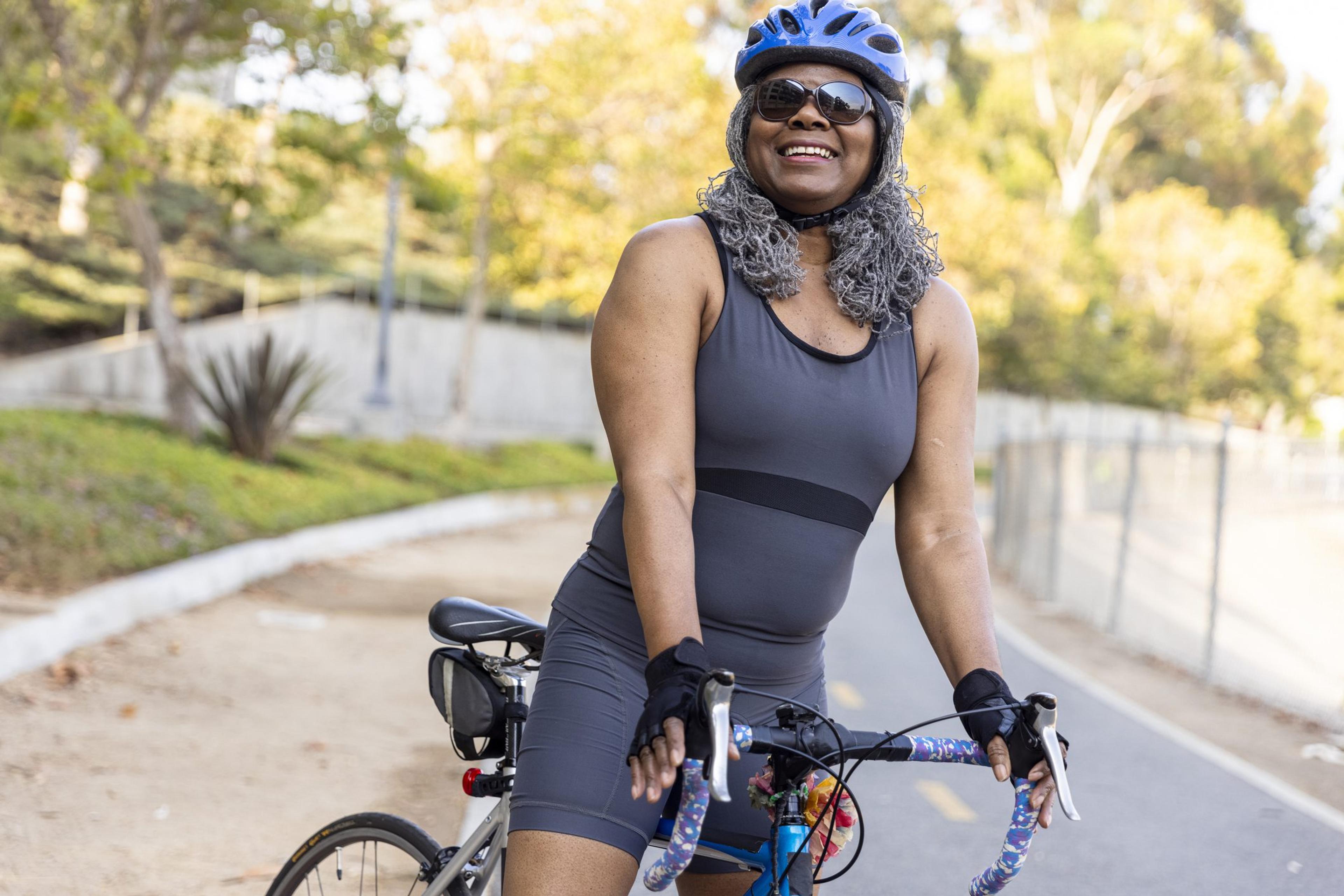Exercise Frequency and Duration to Keep You Healthy as You Age
Shandra Martinez
| 4 min read

Recently, the U.S. Department of Health and Human Services and the World Health Organization updated their recommendations for physical activity. Here are the recommendations:
- 150 to 300 minutes of moderate-intensity aerobic activity a week (for example, brisk walking), or vigorous-intensity aerobic activity (for example, jogging or running) for 75 to 150 minutes a week.
- Muscle-strengthening activities of moderate or greater intensity at least two days a week that target all major muscle groups.
- Adults older than 65 with chronic conditions who cannot meet the 150-minute minimum for moderate-intensity aerobic activity per week should discuss with their physician how to be as physically active as their abilities and conditions allow.
The U.S. Centers for Disease Control and Prevention suggests breaking up the activity into smaller chunks of time throughout the day. Exercise should include the following components:
- Warm-up — Warming up helps prepare the body for aerobic activity. A warmup gradually revs up the cardiovascular system by raising body temperature and increasing blood flow to muscles. Warm up by focusing first on large muscle groups, such as the hamstrings. Then do exercises more specific to the sport or activity.
- Cool-down — Cooling down after a workout allows for a gradual recovery of pre-exercise heart rate and blood pressure. Continue the same activity with less intensity for five or 10 minutes.
- Aerobic activity (endurance) — Aerobic activity increases breathing and heart rate. Activities include a brisk walk, running, cycling or swimming.
- Resistance training (strength) — Resistance training with body weight, free weights, medicine balls or machine weights strengthens muscles to make everyday activities — such as getting up from a chair, climbing stairs and carrying groceries — feel easier. Keeping muscles strong can help with balance and prevent falls and fall-related injuries.
- Balance — Balance exercises help prevent falls, a common problem in older adults that can have serious consequences. Many lower-body strength exercises also will improve balance. The standing poses in yoga help to improve balance and stability.
- Flexibility — Flexibility is the ability of a joint or series of joints to move through an unrestricted, pain-free range of motion. Stretching can improve flexibility and range of motion. It's best to stretch after the warm-up or cool-down phase, when muscles are already warm.
Age-specific exercise tips
Here are some exercise tips based on age range: 30s — Aging starts accelerating in this decade of life, and you may start to experience a loss of muscle mass and bone density. Regular exercise can help slow this process. 40s — Review your exercise habits. If you follow the same routine for too long, your body adapts and you may not experience the same positive effects. If you’re looking for ways to change your routine, consider adding yoga, which can help reduce stress levels while improving mobility, both of which can reduce the risk of disease or injury. 50s — This is a great time to pick up a new active hobby like tennis, golf or martial arts, because learning new movements stimulates brain development as well as physical development. Continue doing your favorite activities as long as they don’t cause you any severe physical discomfort. 60s — Continue to change your workouts on a regular basis to keep using your muscles in different ways. Switching to machine weights allows you to use heavy resistance with minimal stress on your joints. Water aerobics is also a good option that uses a lot of muscle mass while minimizing the stress on your joints. 70s — Continue to participate in your favorite activities. Resistance training can help increase lean muscle mass and improve your functional strength for everyday activities. 80s — Do any physical activity you enjoy and do it as often as possible. Resistance training can help maintain strength. Continue to seek out new activities, because learning new movement skills helps your brain as well as your body. 90s — Any physical activity you are currently doing, do it as often as possible. If you’re not already doing strength training, ask your doctor to recommend any strength-training programs specifically for your age group. Remember, you can add muscle mass at any age. Learn more about recommended exercise frequency in this Blue Cross Virtual Well-BeingSM webinar. You can also sign up for future employer-focused and general interest webinars here, where you’ll find past sessions and resources. Related:
- What is Blue Mind Theory?
- How Kintsugi Teaches the Value of Imperfection
- How Chronotypes Affect Your Energy
Photo credit: Getty Images





